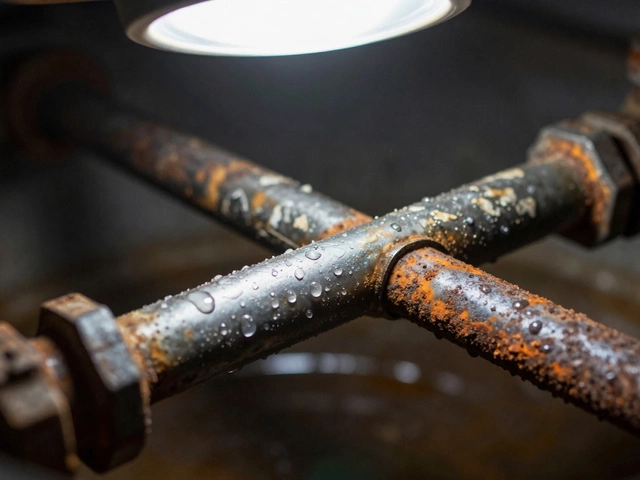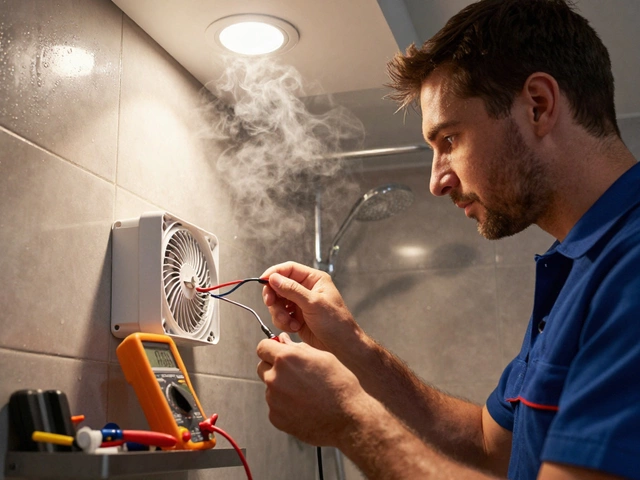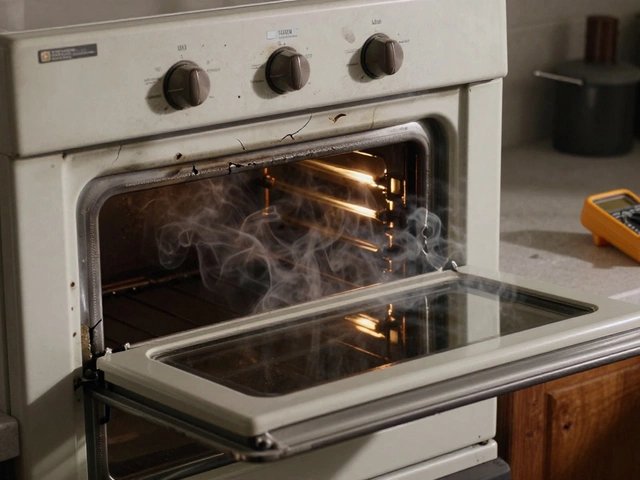Troubleshooting Guide: Fast Fixes for Everyday Appliance Problems
Got a noisy fridge, a cold shower, or an oven that won’t heat? You don’t have to guess what’s wrong. This guide walks you through the most common issues and shows you simple checks you can do before you call a technician.
Common Appliance Problems and Simple Checks
Refrigerator or freezer not cooling? First, make sure the door seals are clean and closing tightly. Next, listen for the compressor – if it’s humming but the inside stays warm, the coils might be dirty. Unplug the unit, pull it away from the wall and vacuum the back coils for 5‑10 minutes. That alone solves many “not freezing” complaints.
Oven won’t heat? Look at the heating element; a broken element often shows cracks or a broken glow. If you have an electric oven, you can test the element with a multimeter for continuity. For gas ovens, check that the igniter glows – a weak spark usually means the igniter needs replacing.
Microwave not heating? The magnetron is the usual culprit. If you hear the motor run but nothing gets hot, the magnetron may be fried. Because magnetrons are pricey, compare the repair cost with the price of a new microwave before you order a part.
Dishwasher leaves dishes dirty? Start by cleaning the filter and spray arms. Food bits can clog the holes, causing poor water flow. Run a hot‑water cycle with a cup of white vinegar to clear mineral build‑up.
Washing machine won’t spin? Check the door latch – most machines won’t run if the door thinks it’s open. Next, inspect the drive belt; a loose or broken belt stops the drum from turning. Replacing a belt is a quick DIY job for most front‑loaders.
Dryer takes forever to dry? Lint buildup in the vent is the main offender. Disconnect the dryer, pull the vent hose outside and clear any lint. A clear vent improves airflow and cuts drying time dramatically.
Water heater shows no hot water? Look for a tripped breaker or a blown fuse – many people forget to reset the circuit. If the heater’s pilot light is out, follow the manufacturer’s instructions to relight it safely. If you still get cold water, the heating element may have failed.
Extractor fan stopped working? First, switch it off at the wall and remove the cover. Clean any dust from the fan blades and motor. If it still won’t spin, test the motor with a voltage meter; a dead motor usually means replacement.
When to Call a Pro
DIY fixes work for most everyday problems, but some issues need a qualified technician. If you find gas leaks, electrical sparks, or coolant leaks, stop immediately and call a professional. Same goes for a heat pump that makes strange noises and won’t heat – the refrigerant system is sealed and requires specialist handling.
Also, when repair costs approach 50‑60% of a new appliance’s price, it’s smarter to replace. For example, a broken refrigerator compressor often costs more than buying a new, energy‑efficient fridge.
Keep a record of what you’ve checked and any error codes you see. When you call a repair service, give them that list – it saves time and can lower the service charge.
With these quick checks, you’ll solve many common appliance hiccups yourself. If a problem persists, you now know exactly when it’s time to bring in the experts, saving you both frustration and money.
26 October 2024
·
0 Comments
If your electric hob has stopped working, this guide provides practical steps to help you troubleshoot and resolve common issues. From checking for power supply problems to inspecting the control panel, you will find useful tips to fix your hob at home. Understanding these basics might save you a costly call to the repairer. Learn about common problems, safety tips, and the simple steps you can take to get your hob back in action.
Read more






